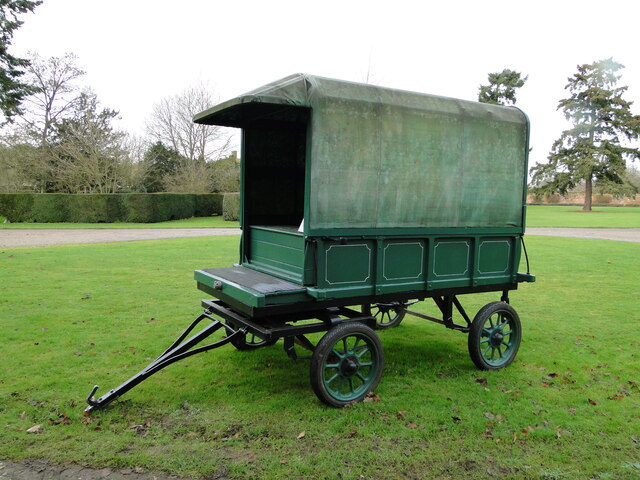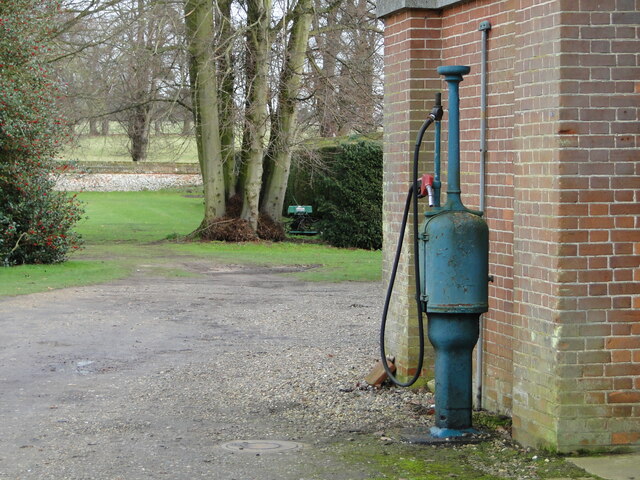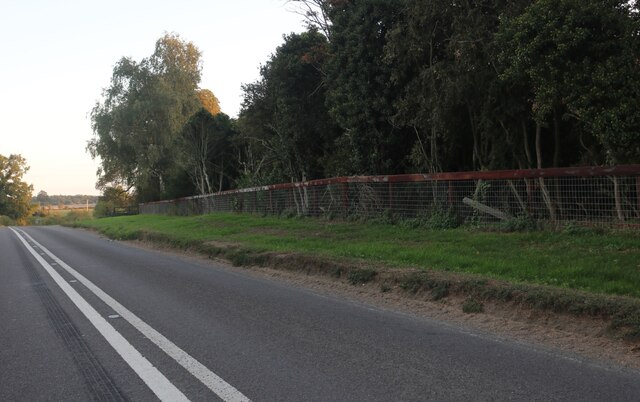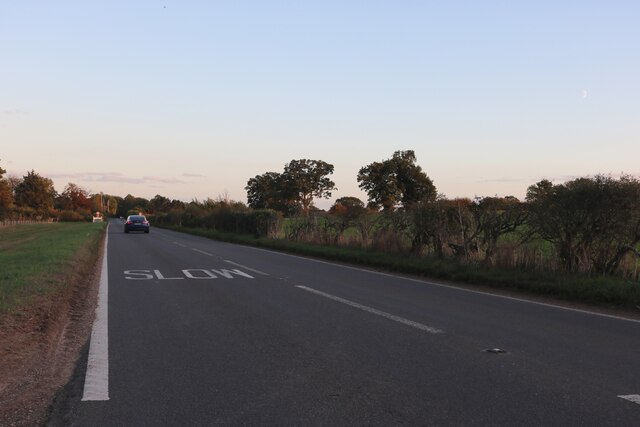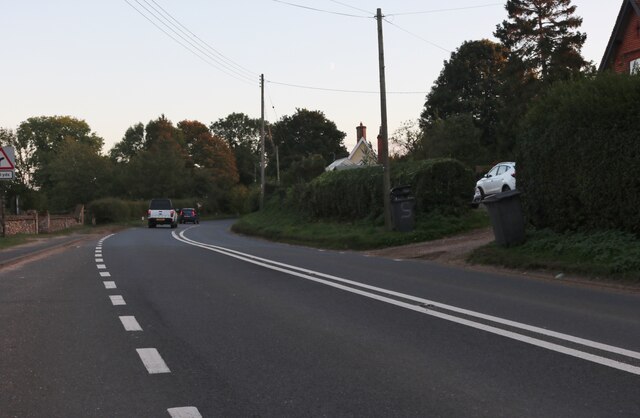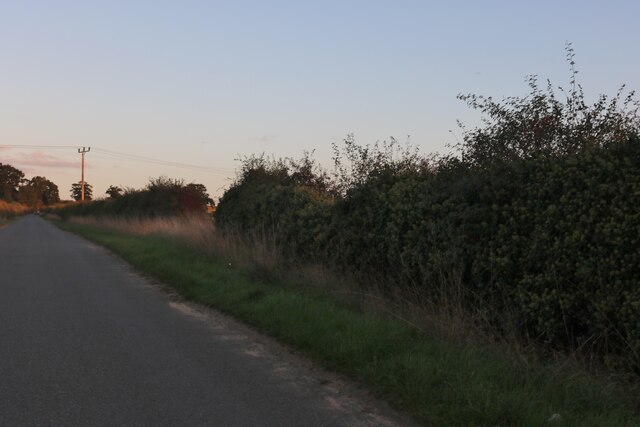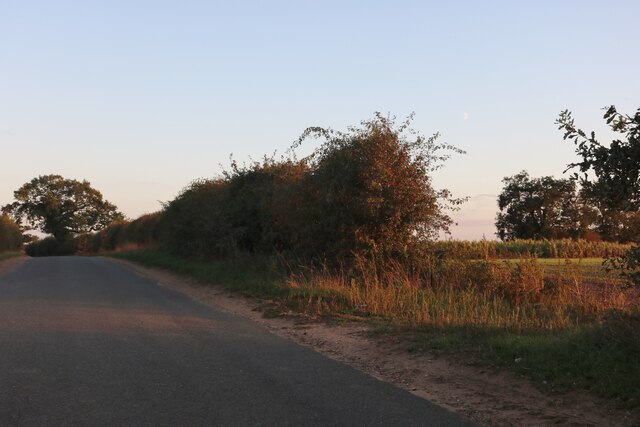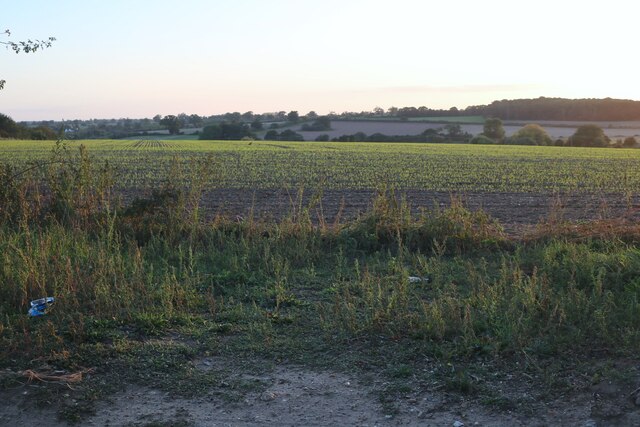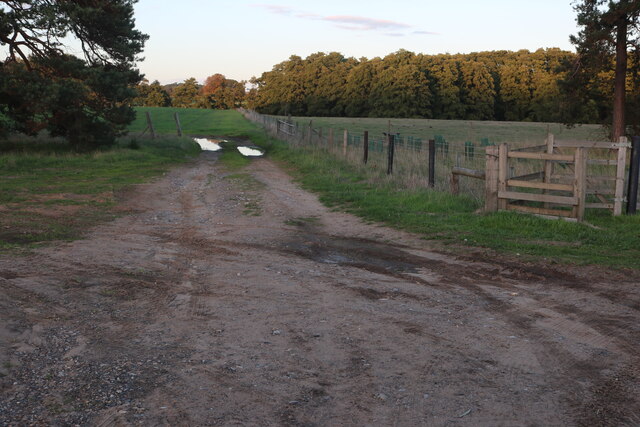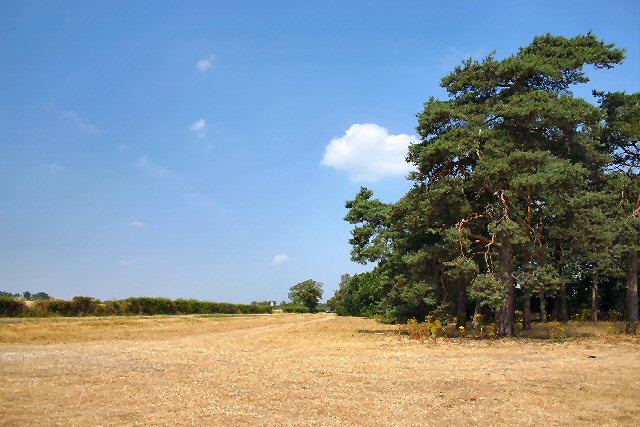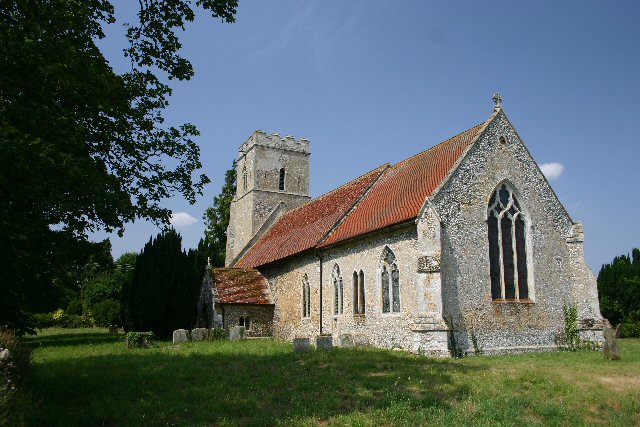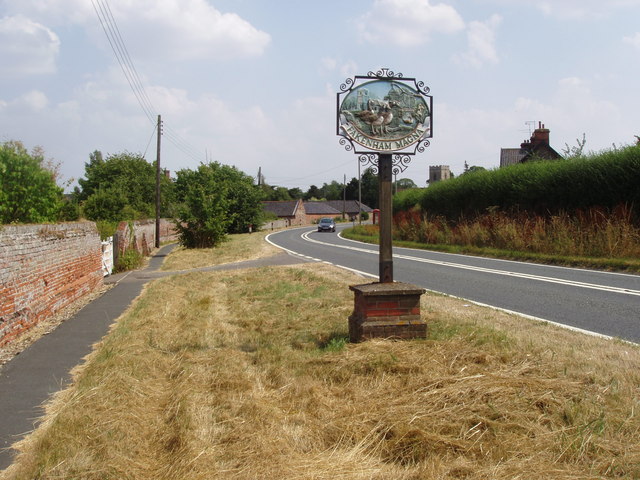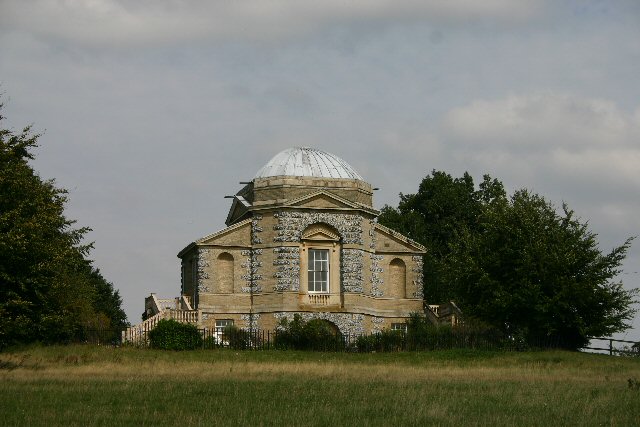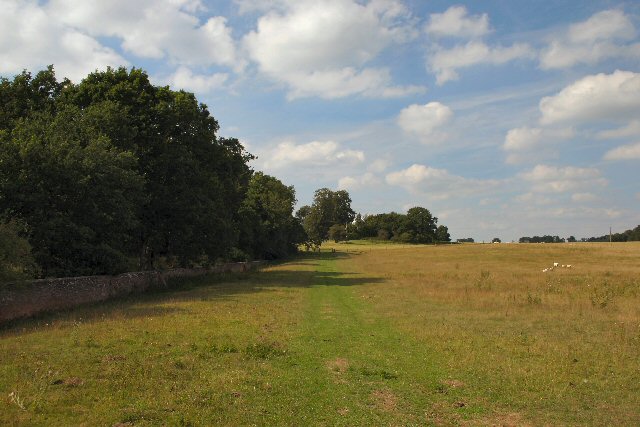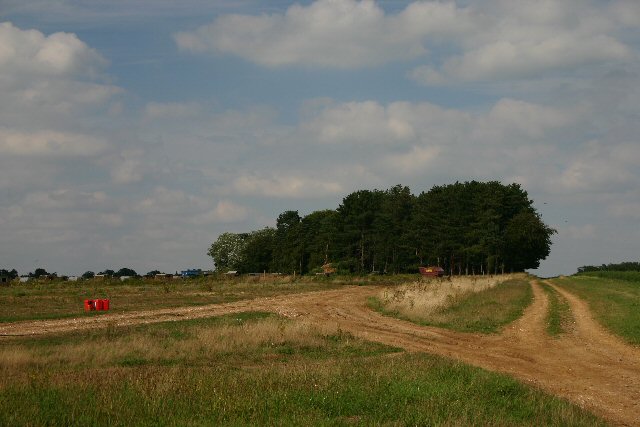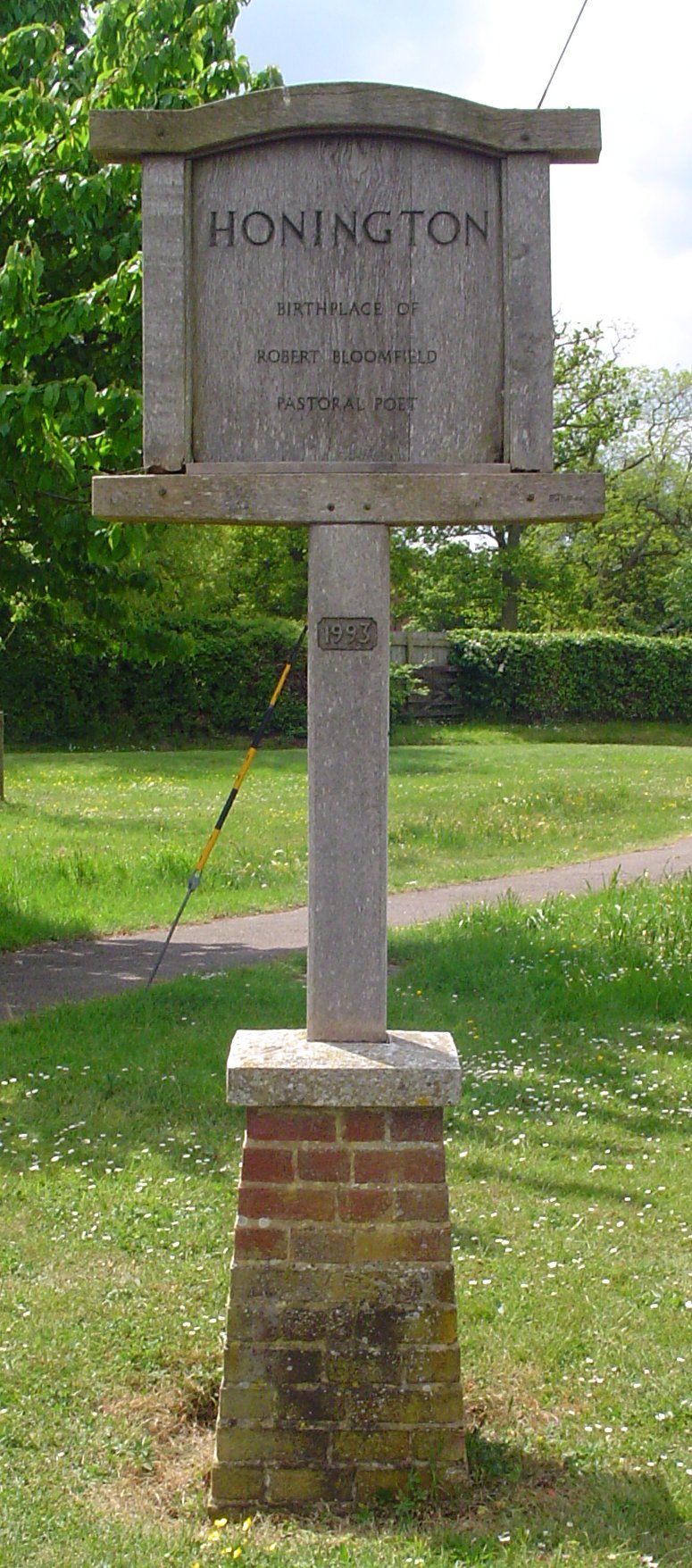Diana Clump
Wood, Forest in Suffolk West Suffolk
England
Diana Clump
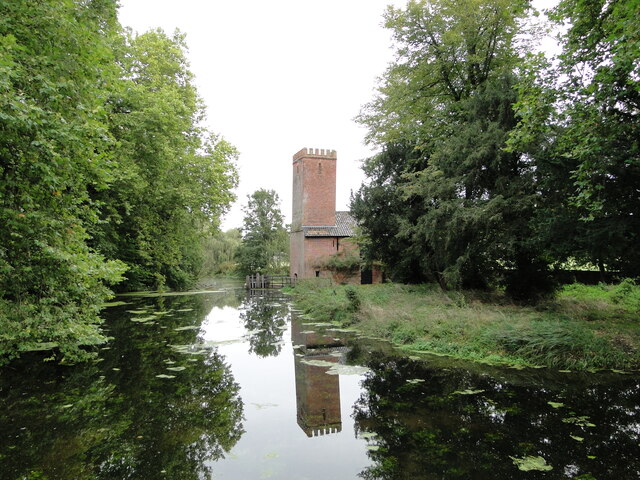
Diana Clump is a small woodland area located in Suffolk, England. Nestled within the larger Suffolk Wood, Forest, this particular clump stands out for its unique characteristics and natural beauty.
Covering an area of approximately 10 acres, Diana Clump is primarily composed of diverse species of trees, including oak, beech, and birch. These trees form a dense canopy, providing a sheltered and tranquil environment for both wildlife and visitors alike. The forest floor is covered in a thick layer of leaf litter, creating a soft and cushioned path for those exploring the area.
Diana Clump is renowned for its rich biodiversity. The woodland is home to a variety of bird species, including woodpeckers, owls, and various songbirds. Squirrels can often be seen darting among the treetops, while rabbits and hares scurry through the undergrowth.
The clump is a popular destination for nature enthusiasts and walkers who appreciate the serenity and beauty of the natural surroundings. There are well-maintained footpaths that wind through the woodland, allowing visitors to explore the area and soak in the peaceful atmosphere. Along these paths, visitors may encounter small clearings and seating areas, providing opportunities to rest and take in the picturesque scenery.
Diana Clump is also an important part of the wider Suffolk Wood, Forest ecosystem, contributing to the overall health and diversity of the region. It serves as a source of fresh air, a habitat for many species, and a place for individuals to connect with nature. Whether it's for a leisurely stroll or a quiet moment of reflection, Diana Clump offers a serene escape from the hustle and bustle of everyday life.
If you have any feedback on the listing, please let us know in the comments section below.
Diana Clump Images
Images are sourced within 2km of 52.363333/0.80667221 or Grid Reference TL9177. Thanks to Geograph Open Source API. All images are credited.

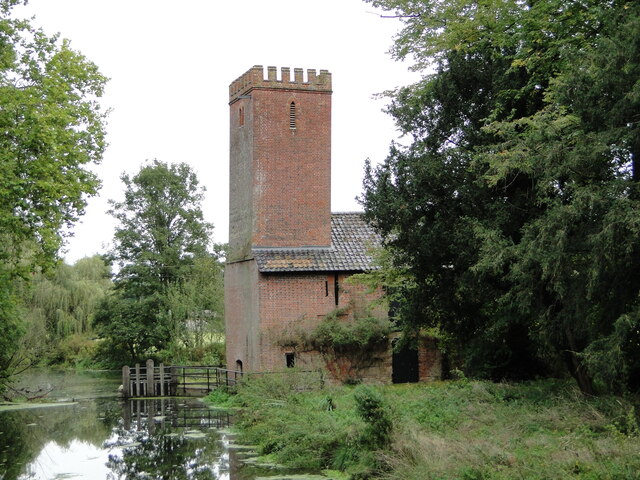
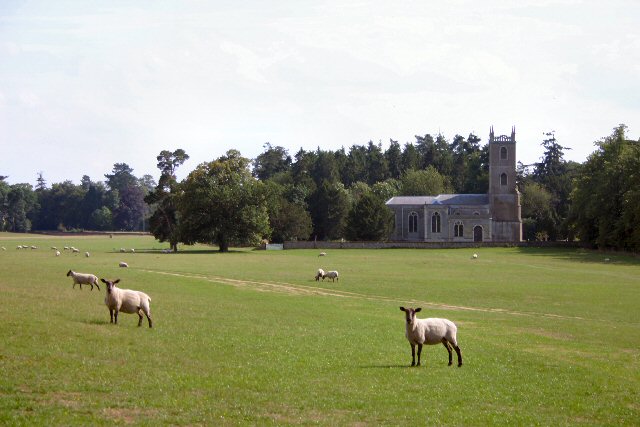
Diana Clump is located at Grid Ref: TL9177 (Lat: 52.363333, Lng: 0.80667221)
Administrative County: Suffolk
District: West Suffolk
Police Authority: Suffolk
What 3 Words
///mooring.cheat.alternate. Near Thetford, Norfolk
Nearby Locations
Related Wikis
Fakenham Magna
Fakenham Magna (or Great Fakenham) is a village and civil parish in the West Suffolk district of Suffolk in eastern England. The meaning of the word 'Fakenham...
Fakenham Wood and Sapiston Great Grove
Fakenham Wood and Sapiston Great Grove is a 200.7-hectare (496-acre) biological Site of Special Scientific Interest north of Sapiston in Suffolk.These...
Euston Hall
Euston Hall is a country house, with park by William Kent and Capability Brown, located in Euston, a small village in Suffolk located just south of Thetford...
Euston, Suffolk
Euston is a village and civil parish in the West Suffolk district of Suffolk in eastern England. Located on the A1088 around two miles south of Thetford...
Sapiston
Sapiston is a small village and civil parish in the West Suffolk district of Suffolk in eastern England, located near the Suffolk-Norfolk border. It is...
Honington, Suffolk
Honington is a village and civil parish located in Bardwell Ward and Pakenham and Troston Wards of West Suffolk District Council, Suffolk in eastern England...
RAF Honington
Royal Air Force Honington or more simply RAF Honington (IATA: BEQ, ICAO: EGXH) is a Royal Air Force station located 6 mi (9.7 km) south of Thetford near...
St Andrew's Church, Sapiston
St Andrew's Church is a redundant Anglican church in the village of Sapiston, Suffolk, England. It is recorded in the National Heritage List for England...
Have you been to Diana Clump?
Leave your review of Diana Clump below (or comments, questions and feedback).
